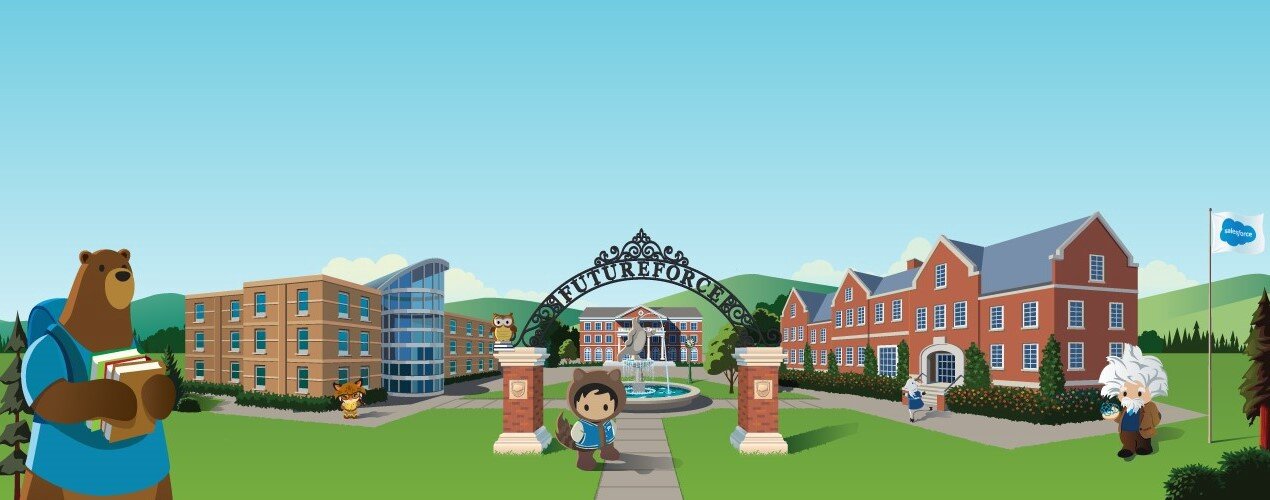In this guest post, Rahul Sura, Candybox’s first summer intern, tells us about his experience at Candybox.

As the first intern at a small start up, I was thrilled to embrace my internship opportunity at Candybox. This was to be my first internship since starting college and would also be fully remote, so I had no clue what to expect.
On the first day, I started my onboarding by diving straight into a meeting with my mentor, Dylan Rodgers. He gave me an overview of the company, the services that Candybox provides to its customers, and the company culture. I was provided with a set of documents to review, which felt a little intimidating and overwhelming at first glance. Thankfully, I’d been encouraged to schedule one-on-one meetings with the whole internal team, including the CEO and founder, Kathryn Castle. The whole team made me feel welcome at the company, taking the edge off my onboarding nerves.
My main task throughout my internship was to build new features and improve existing workflows in Candybox’s own internal Salesforce instance. Each week, I had one-on-one meetings with my mentor, covering topics such as my plans for the week, what I had completed, and what I needed help with. Candybox’s Salesforce instance was a rich platform for me, and I received a lot of guidance on approaching my work effectively.
On top of my day to day tasks, there were also monthly retrospective meetings with the whole team, where we covered various projects that were being undertaken across the company. Each project owner talked about what went well, what didn’t go all that well, and the upcoming roadmap for the next month in their respective functional areas.
The importance of communication was a common denominator in the projects I worked on, made even more critical than usual by the company’s remote environment. Before I started my internship, I’d imagined that most communication would be over email and that I would have to refresh my inbox a lot. However, to my surprise, Slack was the primary form of communication – with a few exceptions, such as the weekly status updates where I shared what I’d been working on that week, my accomplishments, focus areas for the upcoming week, things that I’d learned, and any project blockers.
Something I found intriguing was working with people of different industry tenure and educational backgrounds. Some were Salesforce veterans; some had graduated college not too long ago; some had switched careers. Regardless of their background or tenure, I felt that I could rely on each team member to help me out if I was stuck. Another interesting aspect was that the team members lived in different time zones – another thing you might encounter at a remote company! I had to learn to schedule my one-on-one meetings to be earlier in the day to accommodate the people on the East Coast or the UK.
On the technical front, I was given the opportunity to explore Salesforce in greater depth than I had done previously. While I had some practical Salesforce experience from my college classes, I had only been operating in a playground environment with test data where I was the single user. In Candybox’s production Salesforce instance, everything felt very delicate because if I made a mistake, it would cause errors in the company’s production environment. I learned to develop and test in a sandbox environment, put together sets of fixes and enhancements, and deploy them to production.
Another aspect of Salesforce that I was exposed to was Flow. I had previously been using Process Builder, so there was a slight learning curve, but I enjoyed learning to build and test the different types of flows. I learned how to create screen flows, record triggered flows, and modify existing flows after debugging the flow’s actions. I also learned to integrate these flows with third-party tools such as Slack and third-party AppExchange packages. A critical aspect of building declarative automation was detailed testing to ensure that the flows would work smoothly in production. The last and most challenging stage for me was debugging. Sometimes the flows would create errors that I hadn’t accounted for, and I would need to debug the problem and test other similar use cases to ensure that error was fixed.
Alongside gaining more hands-on experience with Salesforce, I also had the opportunity to better understand the Salesforce ecosystem as part of this internship. I learned how a services company impacts customer initiatives, how companies may choose to leverage the experience of a professional services company like Candybox to make the most of a complex platform like Salesforce. From the perspective of the service provider, it was also interesting to see how the company has to continuously learn and develop to serve customers from different verticals and sizes with varied project complexities.
My experience was not only work – I had a good amount of fun too. Four new people joined the company after me, and, when I had one-on-one meetings with them, I felt like an old-timer telling them about my time in the company so far 😄. In our weekly team meeting and over Slack, my colleagues often shared stories from their personal lives related to their hobbies, pets, and sports, which made us feel closer despite working remotely. We also had fun debates on topics like selecting a new company logo or choosing which kind of swag we should begin developing.
I am genuinely grateful to Kathryn, Dylan, and many of my colleagues for giving me a feel for the industry and making my first internship experience enjoyable and memorable.